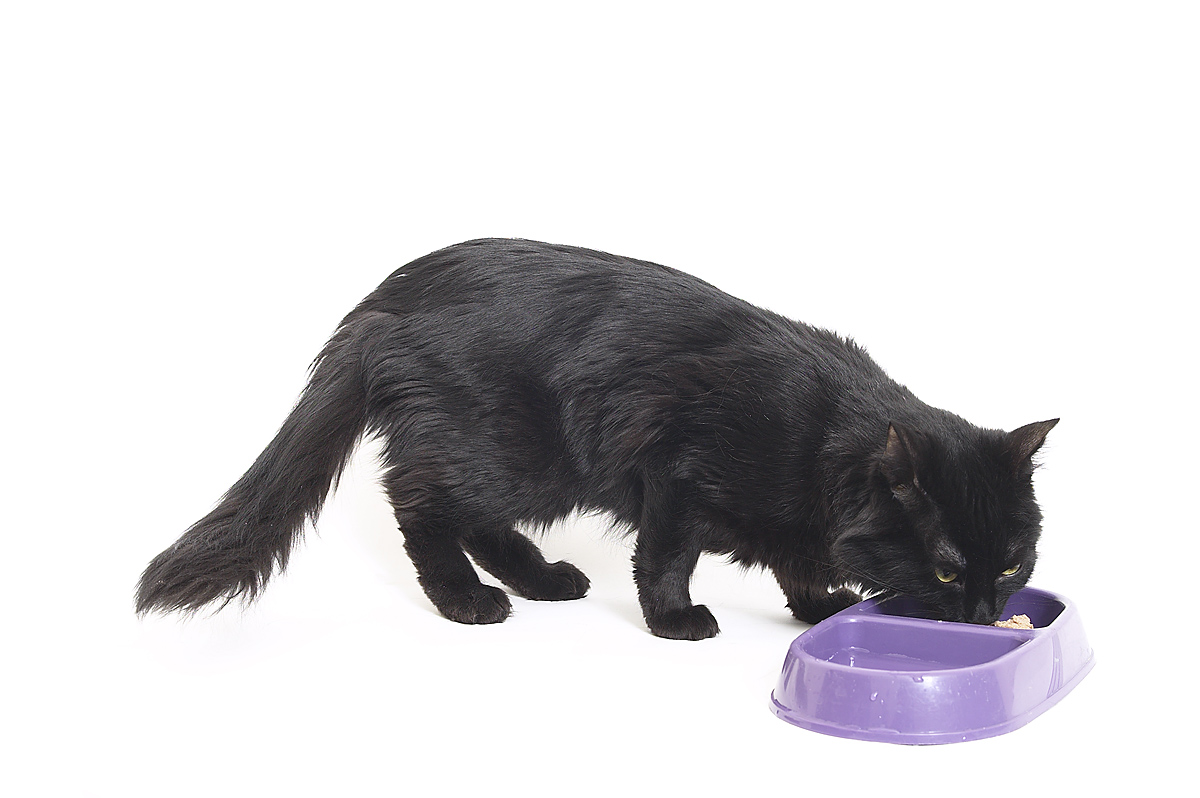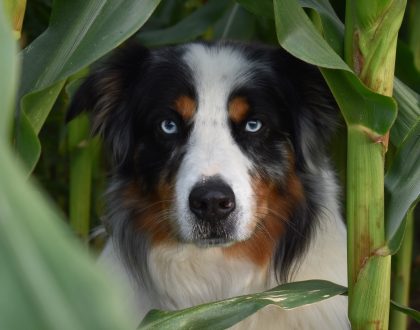Should I feed canned or dry food?

Both canned and dry foods have to meet basically the same standards for nutrient levels, so both are going to provide adequate nutrients, but for some pets and situations, either canned or dry may be more ideal. In general, because you are paying for a can that is 75-85% water, canned diets are more expensive to feed than dry diets.
Dogs

For most dogs, it doesn’t matter whether canned or dry foods are fed. Most dog owners feed predominantly dry, especially to larger dogs, for logistical and financial reasons. Dry diets are usually less expensive and more convenient to store and to feed. Some dry diets have added compounds on the outside of the kibble to help reduce tartar build-up on the teeth, which may be beneficial for some dogs, but unless you are feeding a dry food specifically made for dental health, these benefits may be subtle. You should still brush your dog’s teeth regularly regardless of the diet fed.
Canned foods may be good options for “picky” dogs, smaller dogs, and those that have health problems such as urinary tract issues where increased water consumption is beneficial. They are commonly also used for dogs with tooth problems such as many missing teeth that may make it harder to chew dry food. Many canned foods are higher in protein and fat than most dry foods, which should be considered for dogs that do not tolerate high fat diets well.
Cats
 Unlike dogs, many cats are unwilling to eat foods as adults that they are not offered as kittens. There are at least two common health problems in cats that may benefit from increased water consumption (lower urinary tract disease and kidney disease) and cats that eat only dry diets tend to not drink enough to compensate for the difference in water content between dry and canned diets. Therefore, it’s a good idea to offer some canned food with different texture to kittens to increase the likelihood that they will be willing to eat canned diets later if medically necessary.
Unlike dogs, many cats are unwilling to eat foods as adults that they are not offered as kittens. There are at least two common health problems in cats that may benefit from increased water consumption (lower urinary tract disease and kidney disease) and cats that eat only dry diets tend to not drink enough to compensate for the difference in water content between dry and canned diets. Therefore, it’s a good idea to offer some canned food with different texture to kittens to increase the likelihood that they will be willing to eat canned diets later if medically necessary.
Canned foods for cats are often higher in protein and lower in carbohydrate than most dry diets. Because of the water, they are also lower in calories per volume and the cans offer built-in portion control versus having a whole bag of dry food. Many of the newer canned cat foods are very high in moisture – some as high as 85%, and this can make these diets much more expensive to feed than dry diets or lower moisture diets, which may be a consideration for some cat owners.
While you may read or hear cat owners or even veterinarians say that cats are healthier when they eat only canned food, outside of cats with kidney disease or urinary tract disease, there is no good evidence that the type of diet makes a difference in overall health. Therefore, once you’ve introduced canned food to your kitten initially, you can decide whether you want to feed all canned, a combination of canned and dry, or all dry food. Regardless, the important thing is to select foods that work well for you and your individual cat and to feed an appropriate amount to keep him nice and trim throughout his life.
In the end, in the absence of health concerns, either dry or canned food or a combination can be fed to cats or dogs and you should make this decision based on your pet’s individual needs, and your lifestyle, budget, and other factors.
Want to read more information on feeding your pet?
Subscribe to always know when we add new material!
Recommended Posts

Can Diet Help With My Dog’s Seizures?
January 18, 2024

The Most Popular Holiday Foods…That Your Pet Should Avoid!
December 08, 2023

Stalk About Nutritious: It’s Corn!
September 19, 2023

